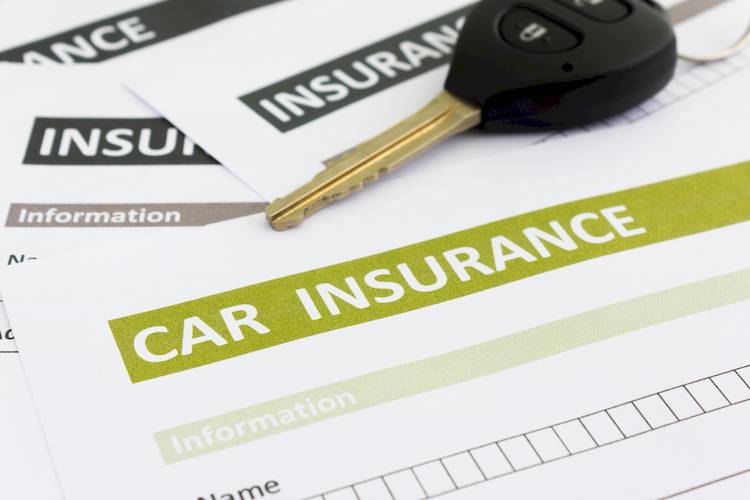

All drivers in the state of Ohio are required to be financially responsible for the costs associated with an automobile accident, in order to operate a vehicle legally and maintain vehicle registration.
The minimum financial responsibility requirements for Ohio drivers are as follow:
A minimum of $25,000 per person, for bodily injury or death. This means you’ll need to carry a minimum of $50,000 to cover the lowest possible number of people involved in an accident (the two drivers).
A minimum $25,000 for property damage liability
This means that the total minimum amount of financial responsibility you will need is $75,000 to cover bodily injury or death, and property damage liability.
Types of insurance
The most common method of meeting the financial responsibility requirement in Ohio is to purchase an insurance policy through an auto insurance provider. However, there are other means of securing financial responsibility. Here are the acceptable ways to meet this requirement under Ohio law:
Acquire a standard liability insurance policy
Post a surety bond in the amount of $32,500 with a licensed insurance agency
Deposit $30,000 in cash or bonds with the Ohio State Treasurer
Proof of insurance
In order to register your vehicle with the Ohio Bureau of Motor Vehicles, you must present proof of financial responsibility. The accepted form of proof is a signed statement that verifies that you have secured financial responsibility through one of the acceptable methods.
You must also provide proof of insurance due to one of the following situations:
If you are in a car accident that results in medical bills or property damage that is more than $400.
Any time an officer of the law ask to inspect your proof of insurance at a traffic stop.
During a random selection by the BMV. The BMV randomly selects registered vehicle owners to receive a notice to submit proof of insurance within 21 days.
In these instances, the acceptable forms for proof of insurance include:
An insurance ID card
An insurance policy
Section A of an Ohio State Crash Report
A certificate from the BMV verifying your cash or bond deposit in the correct amount
A certificate of self-insurance from the BMV, which is only available to those with more than 25 registered vehicles.
Ohio Automobile Insurance Plan
All Ohio insurance providers have the right to refuse policy coverage to high-risk drivers. In order to ensure that all drivers carry the required financial responsibility, Ohio maintains the Ohio Automobile Insurance Plan program, or OAIP. Under this program, any driver may apply through a participating insurance provider for the legally required insurance coverage, as long as they hold a valid Ohio driver’s license.
Violation penalties
If you do not carry the legally required financial responsibility in Ohio, or fail to present proof of insurance when required, you could face several penalties:
A suspension of your driving privileges
A suspension of your vehicle plates and registration
A required filing of an SR-22 Proof of Insurance document, which guarantees that you will carry liability insurance for a specific length of time.
For more information, contact the Ohio Bureau of Motor Vehicles through their website.



